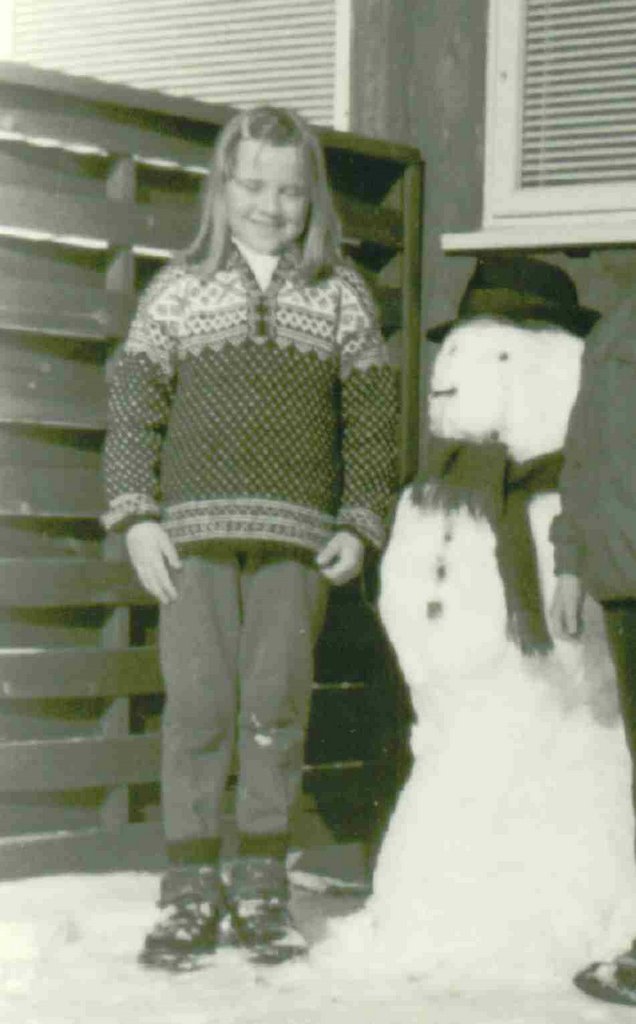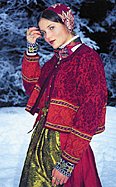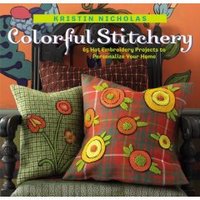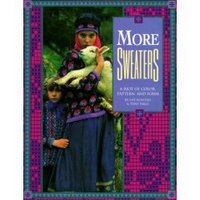
From left:
1. Korntrø-rosa, named for Korntrø Farm,
2. Hjart-rosa (Heart rose),
3. Skaltroll-rosa, also named Pine Cone Pattern (I believe)

4. Værhorns-rosa (Rams Horn rose),
5. Endløs-rosa (Endless rose), also called Grankvist (spruce branch),
6. Kinn'tyrill-rosa (though I have also seen this named Rams Horn rose)
Wouldn't they all make beautiful sweaters? Any of these patterns could be either done as bands or all-over. They would fit my
criteria perfectly. I am considering designing my own.

In my quest for black and white patterns, I looked through some of my Norwegian text books. I found the above graphic in this book, The Mitten in Norwegian Tradition, which is written by Ingebjørg Gravjord and was published in 1986. Unfortunately I don't believe it is available in English, but I just read that it is being
republished, so there is a chance that could spur a translation as well. I hope so.
It is a very comprehensive academic book, written by an expert in cultural history. She is a historian, as well as instructor in textiles at the Academy of Applied Art and Design(?) (Statens håndverks- og kunstindustri skole). It covers mittens in all forms, whether woven, nålbinding, twined knitting, or ordinary knitting, and the regional traditions and history associated with them.
Click on the picture to get a close up of the the gorgeous embroidered mitten from Telemark on the cover, with the year 1730 stitched on it. This mitten was done in nålbinding.
There are no patterns in this book, though it does contain some instructions on unusual techniques. This book, along with another by the same author called Knitting in Norway, are my main sources of historical knitting information. This is how I find out all about the olden days!
I also have a blog to share with you.
Kathy has started a
new inspiring blog where she is compiling all kinds of resources on Fair Isle and Norwegian knitting in one place, such as links to lots of tutorials and other informative sites. Check it out, she's an excellent writer, and it's a great resource!



























